The History of the: Laptop

For the next part of our historical content series, we will be taking a close look at mobile computing from its earliest days to recent times. Today, the laptop is a common device in every household. In fact, devices like tablets and ultrabooks have replaced the laptop in many a household though its presence in the mainstream market remains extremely strong. However, the mere concept of mobile computing was once nothing more than a strange thought. So how did we go from the bulky products of old to the ultra-thin portables of today? Join us as we take a brief stroll through the history of laptops.
The ‘first laptop’ debate
Like with many other devices in our technological era, there is some dispute over which device we should call the ‘world’s first laptop’. After all, the earliest mobile computing devices looked absolutely nothing like the laptops we know today. Calling them suitcases with a brain would probably be a more appropriate term. Nevertheless, there were several devices that paved the way for the modern form and they all deserve a mention.
To start with, let us talk about Alan Kay’s famous Dynabook concept which was outlined in his 1972 ‘A personal computer for children of all ages’ proposal. The concept basically described an educational laptop. The technology required, however, was just not there yet, particularly at the proposed price point. Over the next few years, the Dynabook concept inspired many others in the industry.
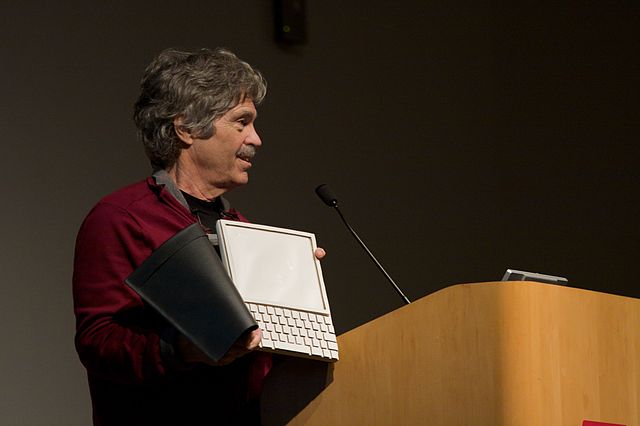
The Xerox NoteTaker, arguably the first actual portable computer, never made it past the prototype phase. Even so, it heralded the arrival of other devices.
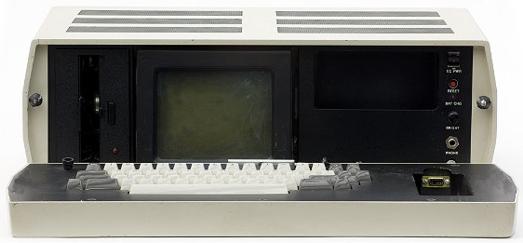
The first portable PC to go into mass production was no other than the Osborne 1 which arrives in 1981. Though the machine did not have a built-in battery, users could still buy an external pack which offered an hour’s worth of battery life.
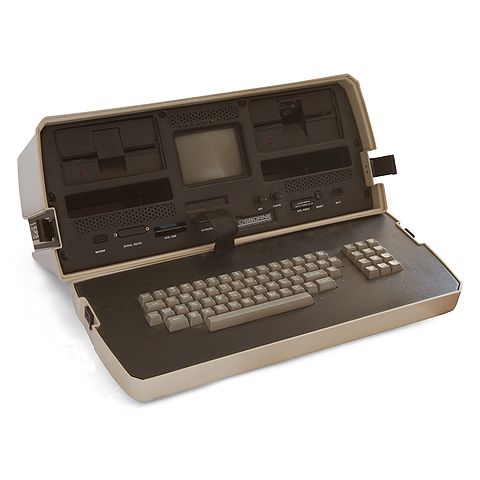
Combined with its luggage-like case which afforded it some portability, most would agree that the Osborne 1 was the first laptop, despite its seemingly strange form factor.
‘Luggage’ PCs and their successors
The success of the Osborne 1 pretty much fueled a revolution in the market with several other companies joining the game. Out of all of those, the most successful one was probably the Compaq Portable, introduced in 1982.
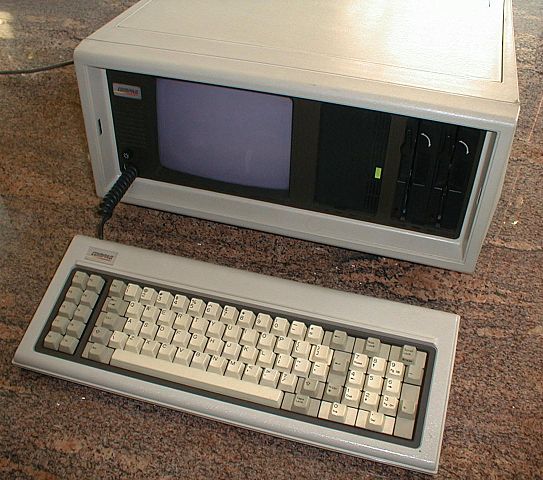
Not only was this the first MS-DOS laptop, it was also legally compatible with IBM PC. In fact, it was better than IBM’s own Portable Personal Computer, despite the fact that the latter had a lower price point.
During the same year, the Grid Compass 1100 moved a little bit further away from the suitcase-like factor and more into the clamshell design that we have come to know and love.
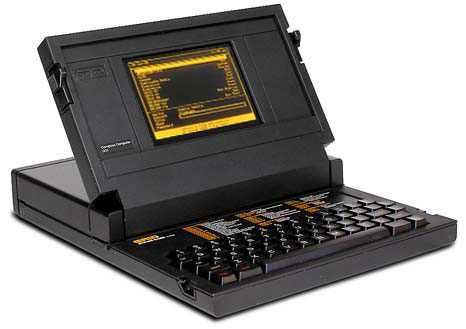
Though incredibly expensive and only capable of running specialized apps, some consider it to be the first true laptop, specifically because of its design and the fact that it could run on batteries from the get-go. However, it was mostly used by the U.S. military as well as NASA and not the general public.
The successor to both devices was undboutedly the Epson HX-20.
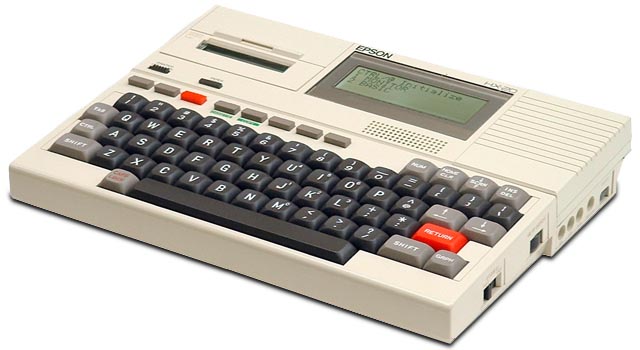
This laptop was roughly the size of an A4 piece of paper, cost much less than its competitors, and came with its very own tiny printer. The notebook-style device gave rise to the TRS-80 Model 100 which, as it so often happens in the tech industry, proved to be far more successful, selling six million units worldwide. In fact, it was one of the most pivotal points in the history of laptops.
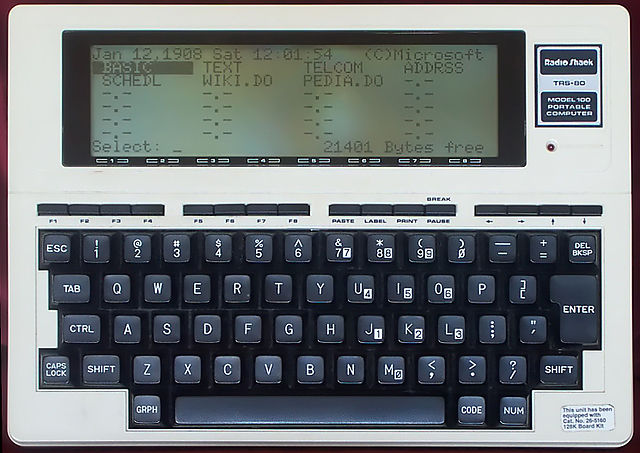
Other devices in the same category include the Austrlian Dulmont Magnum (aka Kookaburra), the Sharp PC-5000, and the Gavilan SC. The latter was, in fact, the first computer to be marketed as a laptop while it also had a trackpad pointing device which was pioneering at the time.
During the next few years, the market saw major fluctuations and advancements. Slowly but surely, laptops were becoming increasingly better. The Kaypro 2000, for instance, could be mistaken for a laptop out of the 2000s though it came out in 1985.

The Commodore SX-64, the portable variant of the Commodore 64, was the first portable PC with a full-color screen. The IBM PC Convertible standardized the 3½-inch floppy disk format and shared the power management features of modern laptops. While the commercial market was still deciding whether it liked laptops or not, the U.S. Air Force made Zenith Data Systems into the world’s largest laptop supplier for two consecutive years in 1987 and 1988.
The power of business
Today, the consumer market is huge for tech companies. Most people have a PC, a smartphone, a tablet, or a laptop. Before this digital explosion, however, enterprises were what moved the markets forward. Devices like the Compaq SLT/286, the successor to the Compaq Portable, was one of the first examples of a device whose popularity soared after its massive adoption by business people. The same could be said about the NEC UltraLite, a device which popularized the concept of the notebook.
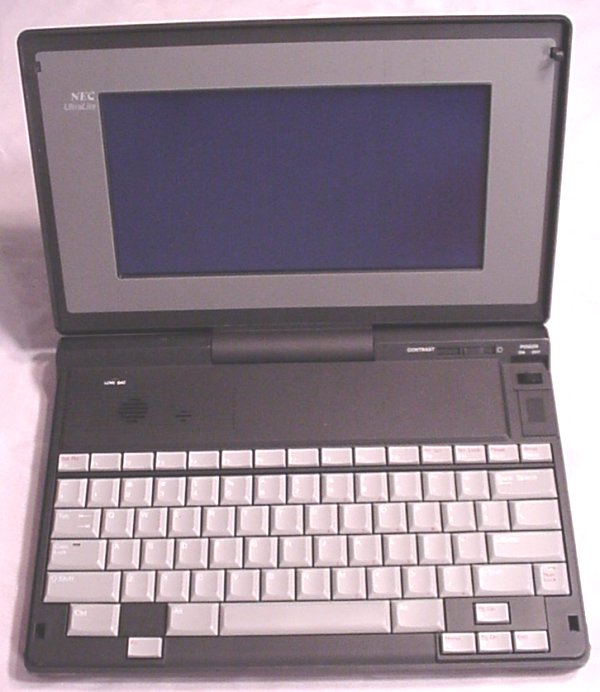
The end of the 1980s were particularly interesting in the laptop’s history in no small part due to the release of the Macintosh Portable. The world’s first Mac went against the mainstream and tried to make a return to the luggage-like form factor of previous models, with mixed results.
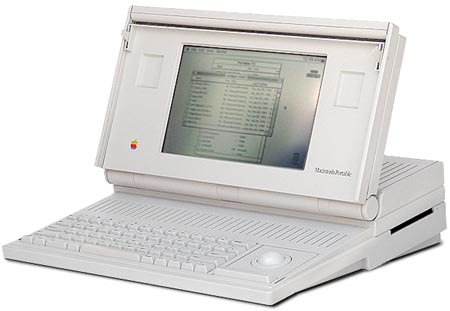
Though it was an undoubtedly powerful machine with a great display, its price still makes my eyes water. Apple’s reluctance to license its software also led to some very strange situations. The Outbound Laptop, for instance, was available for Mac users who could provide a Mac ROM. However, that meant removing it from a Macintosh PC and thus rendering it useless in the process.
Thankfully, Apple rethought the laptop as the Macintosh Portable was not a commercial success by any definition. Instead, it introduced the PowerBook in 1991 which brought several innovations, including a pointing device which many now associate with IBM’s own ThinkPad series. The following years would also prove to be extremely interesting, particularly due to advancements in technology both specific to laptops and those that favored them unintentionally.
The later years
There were so many turning points in the history of the laptop that it can be hard to pinpoint very specific events. Windows 95, for instance, was the first operating system to include advanced power management specifications and streamline the production of laptops. Back then, it was considered a very bold move that was not received well by all companies as they would have to follow Microsoft’s path instead of doing their own thing like before.
As it turned out, however, Microsoft probably had the right idea. The release of the Intel Pentium processor, improved battery technologies, better storage, and LCD screens that did not look like products of a bygone era were all instrumental in the advancement of laptops. Though it may have happened slowly, laptops became increasingly thinner, more powerful, and better looking.
The devices that we have today would certainly not exist without a multitude of innovations. The history of laptops is surely one of the most interesting ones in technology. I believe that we have covered most of the laptop’s history as briefly as possible but if there is anything that you would like to add, please feel free to discuss it in the comments down below.



